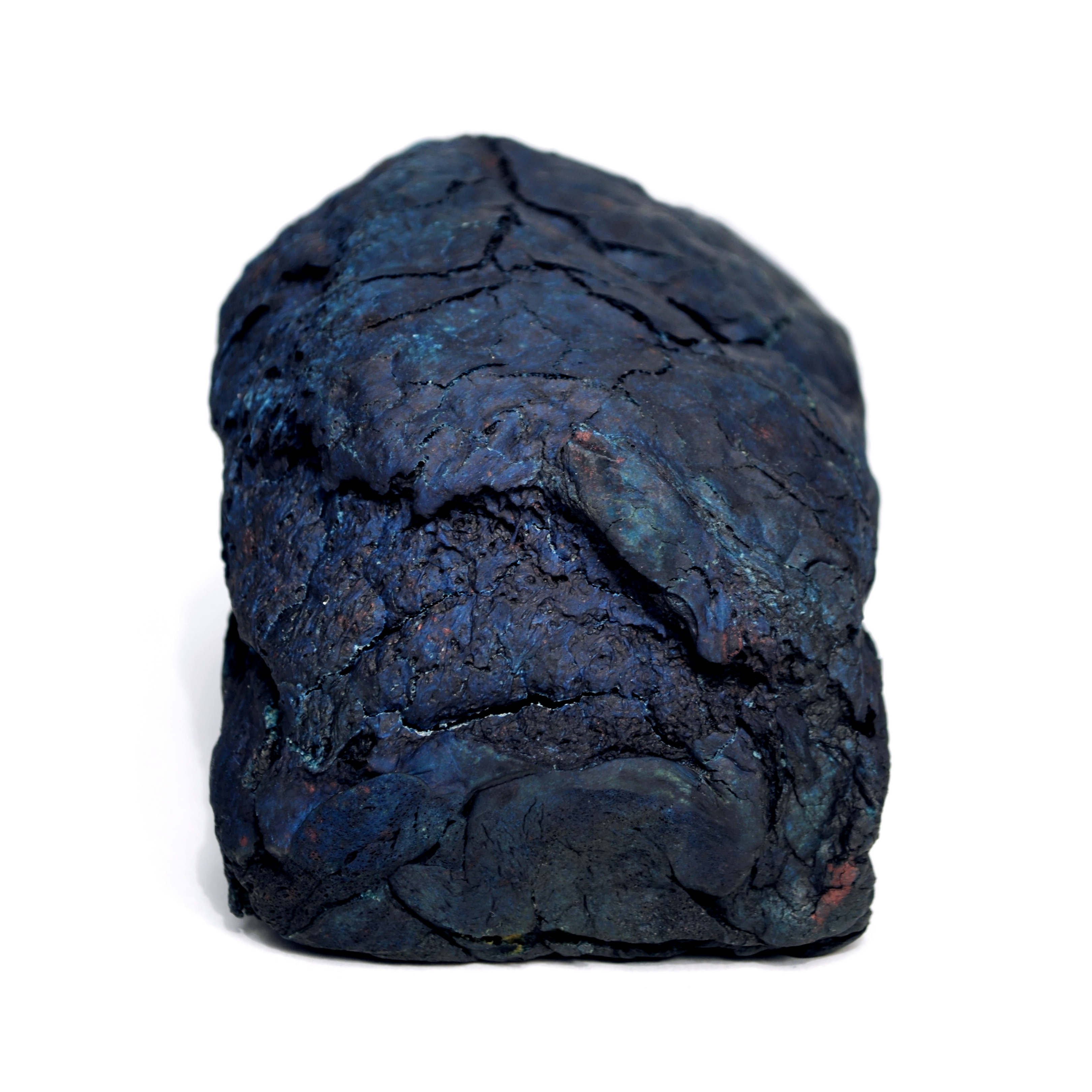
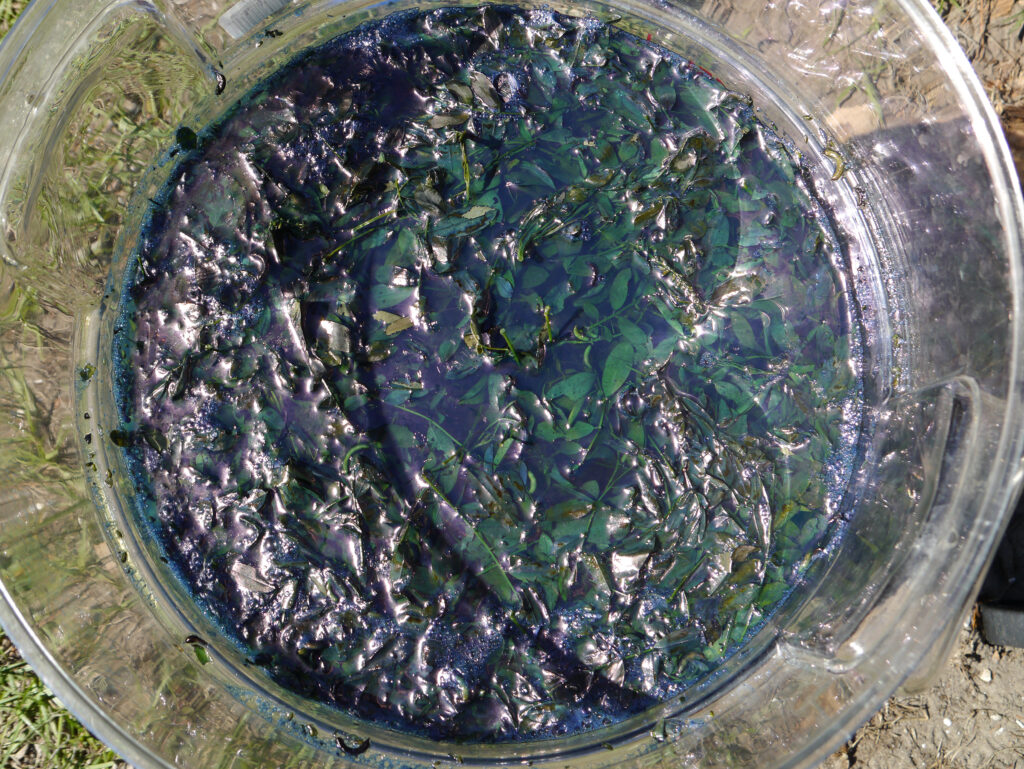
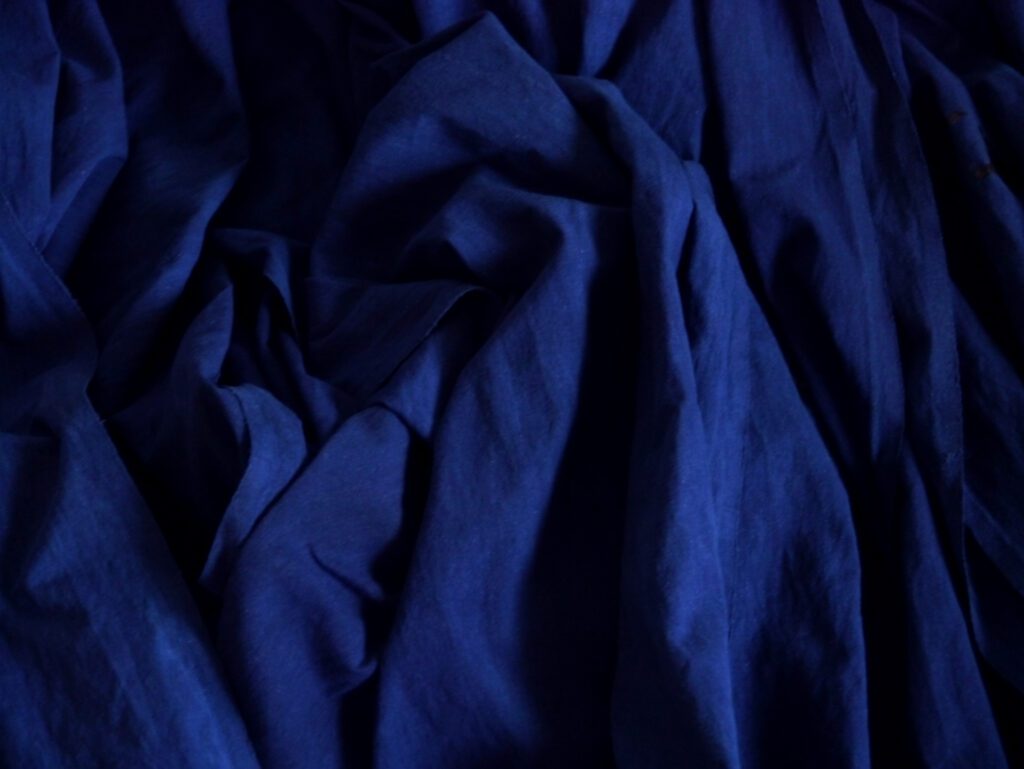
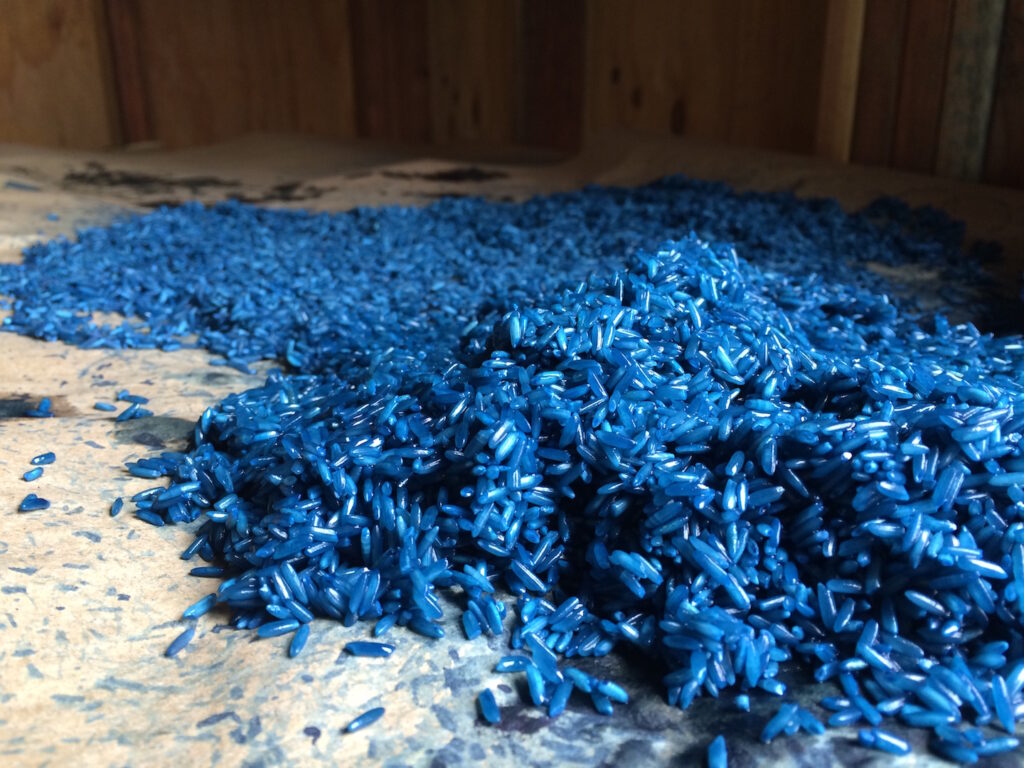
Why blue?
This question vexed my early years of devotion to indigo dye. I wanted to put everything into the dye vat, to make my whole world a living blue. I was in love and didn’t want my beloved held up to questioning or inspection. But my peers and mentors found this perplexing, and perhaps even concerning, so “why blue?” followed me around like a prod. I’m grateful for this now, because the questioning forced me to go deeper, to adopt approaches to my making and research that were open-minded, critical, and receptive. Today, over 15 years from my first dip of silk into indigo, in a period of my studio practice that is noticeably indigo-free, I still regard it as the singular medium with which I am in a committed long-term relationship.
I admitted that I didn’t always know why, that indigo exerted a pull on me that was often inexplicable, and that it was a substance I felt I could never exhaust.
I recall a particularly helpful studio visit with Anne Wilson while I was in grad school. After looking around my studio and witnessing the loaves of indigo-dyed bread and various other blue-stained items, she invited me into another “why blue?” conversation. I admitted that I didn’t always know why, that indigo exerted a pull on me that was often inexplicable, and that it was a substance I felt I could never exhaust. She regarded this seriously and affirmed that there is something powerful and generative about dedication to a singular medium, that for artists this kind of deep well can take us to the places we don’t yet know we need to visit.
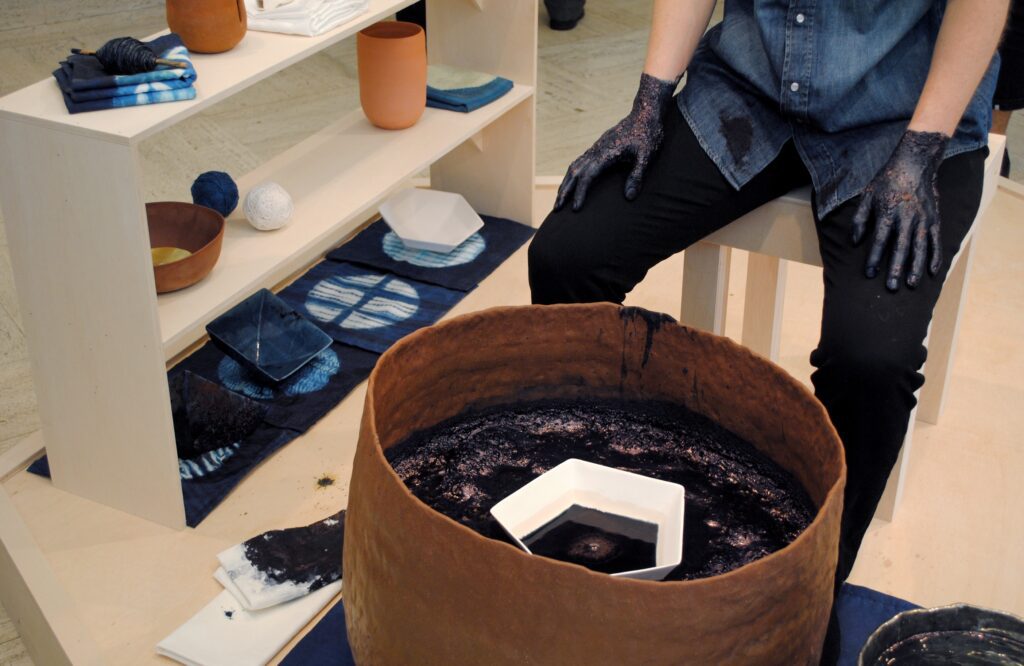
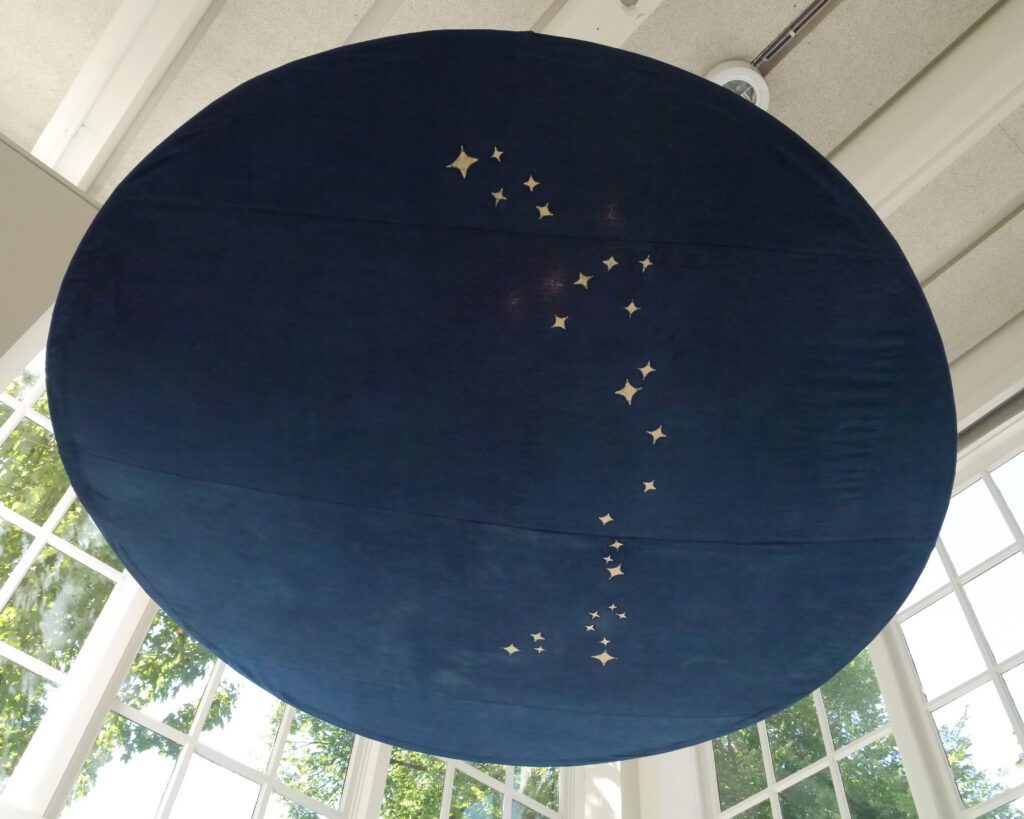
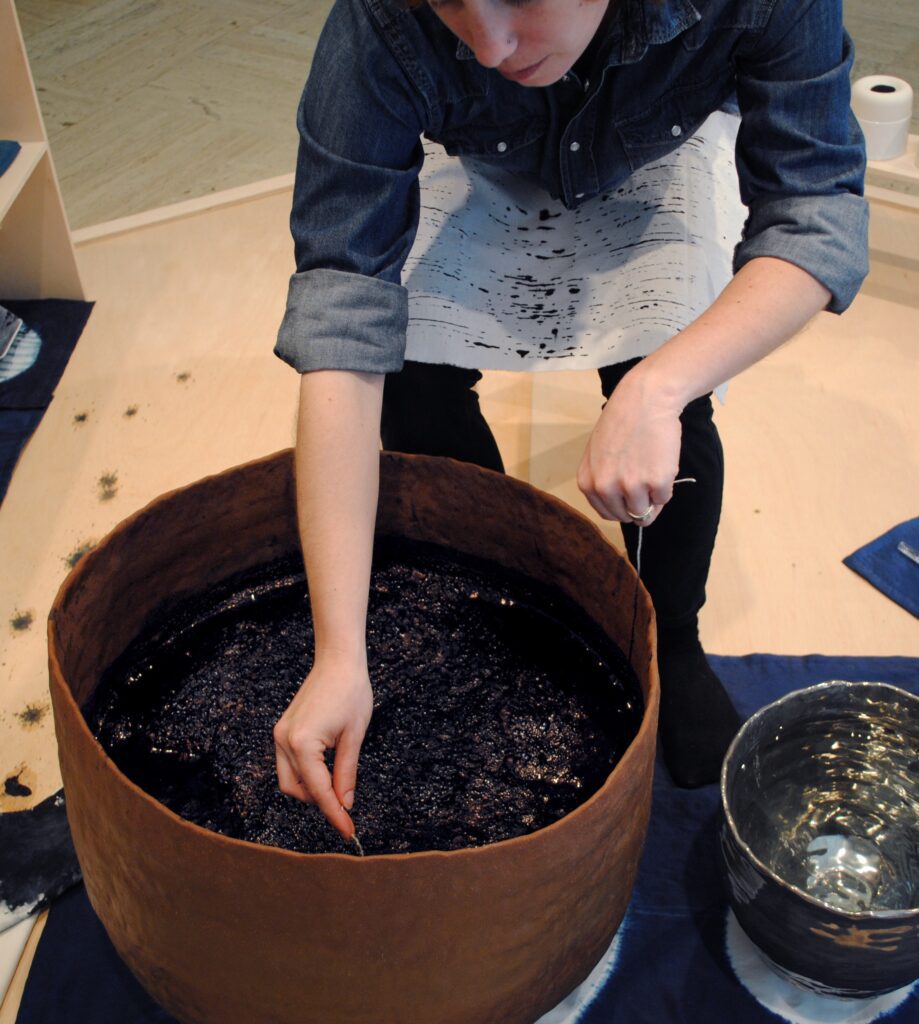
Collaboration of Craft Mystery Cult (Sonja Dahl, Jovencio de la Paz, Stacy Jo Scott). Photo by Sonja Dahl. 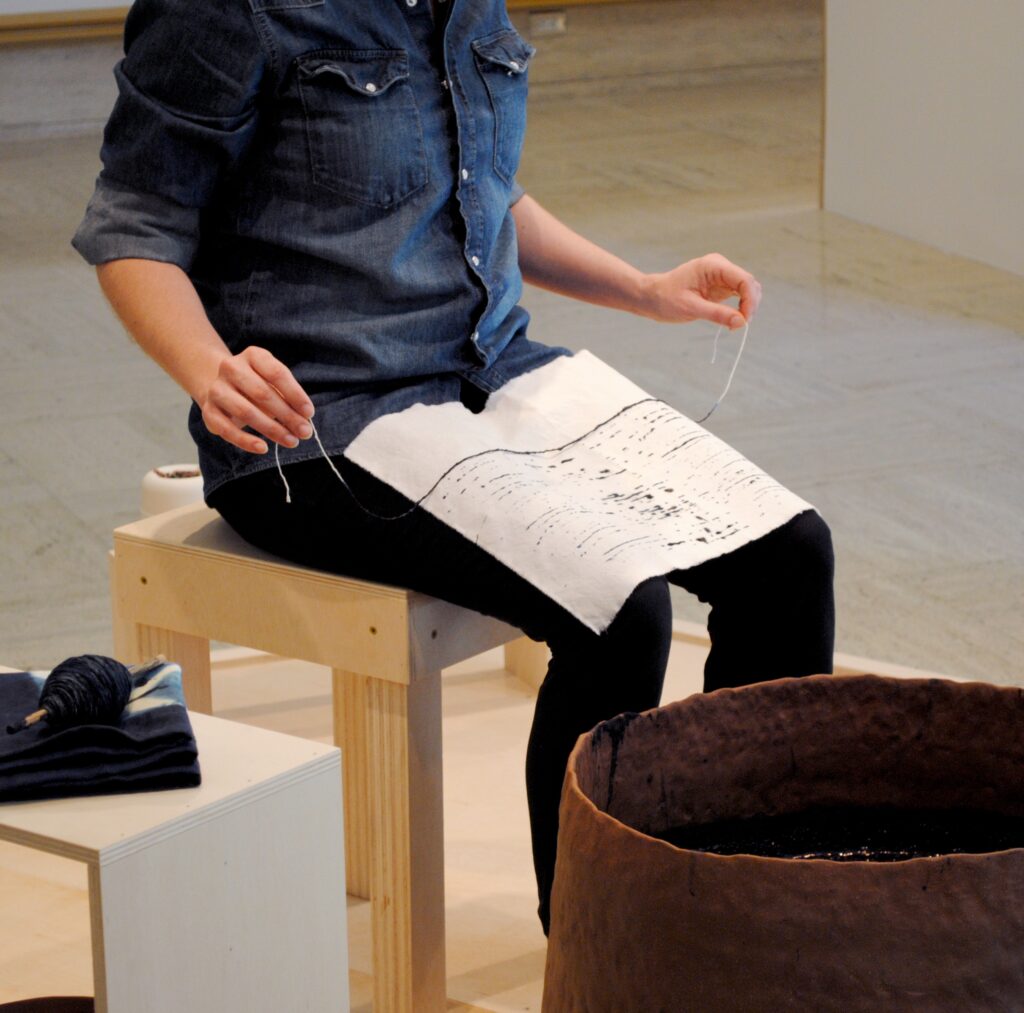
Collaboration of Craft Mystery Cult (Sonja Dahl, Jovencio de la Paz, Stacy Jo Scott). Photo by Sonja Dahl.
Rebecca Solnit has written movingly about “the blue of distance”, blue as not only the color of the atmosphere between you and a distant place, but also as a state of mind, as the color of desire for the unattainable. “Blue”, she writes, “is the color of longing for the distances you never arrive in”. If desire has a color, I have to agree it must be blue. The blues I have worked with arrive as mysteries; an indigo-dyed object blooms blue with the kiss of oxygen, a cyanotype print captures the light of the sun and bleeds into blue in a bath of water. These blues are active, elemental, and transformative. Is it any wonder so many people across space and time have fallen under their spells, have leaned their entire beings precariously into that distant, unattainable space of blue? Solnit uses the metaphor of a friend arriving on your doorstep from far away: “when you step forward to embrace them your arms are wrapped around a mystery, around the unknowable, around that which cannot be possessed. The far seeps in even to the nearest. After all, we hardly know our depths.”*
Reflecting on these things, it occurs to me that this restlessness, this desire to reach unattainable blue places, to grasp at mysteries, is an apt explanation of the creative process. It is the artist’s job to constantly open doors and step through them into the blue beyond, leaving crumb trails for their viewers to follow. Sometimes we lose our way, but that is unsurprising when travelling with companions such as desire and longing.
Is it any wonder so many people across space and time have fallen under their spells, have leaned their entire beings precariously into that distant, unattainable space of blue?
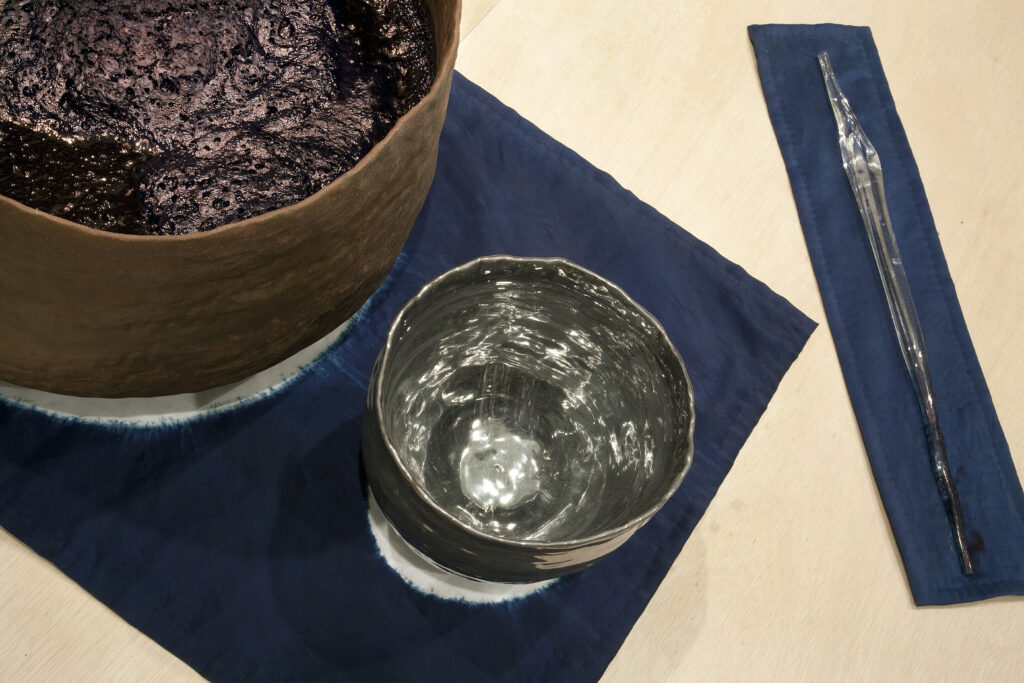
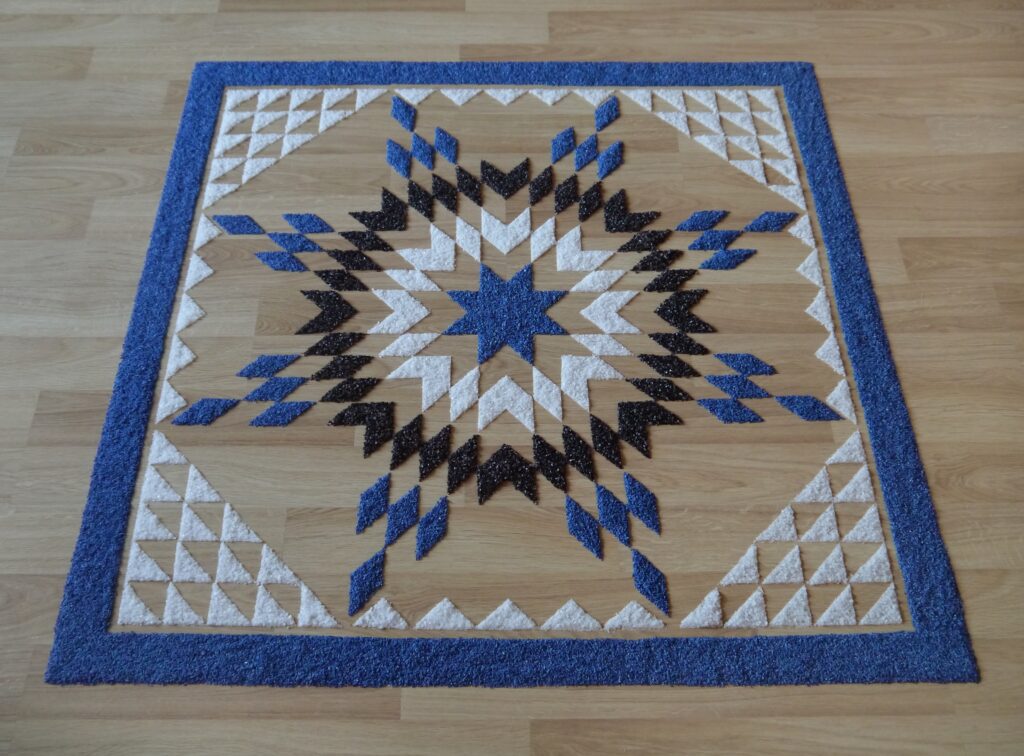
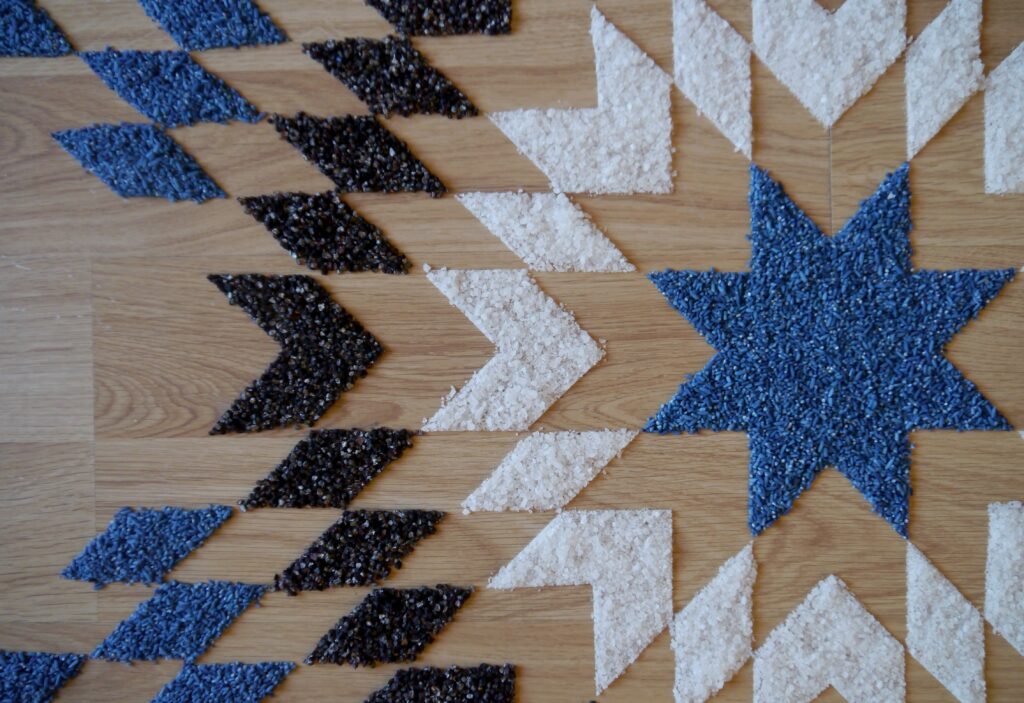
To desire indigo, is, I have found, no innocent thing. At some point in my “why blue?” travels it occurred to me to turn the question on indigo itself. Why, blue, are you regarded as such a spiritually dangerous and unstable substance in many cultures, tended to with respect and care? And why, blue, have you inspired so much desire to consume, that they would lay claim to human lives and land not their own, all in order to pull your blueness out of the void and into the marketplace? Blue’s answers to these questions have always been: “look deeper, submerge your face under the surface of my blueness and turn around. You will see the mirror.”
If I am in a committed relationship with blue, I cannot look away from what I see in that mirror. It is rarely comfortable to regard one’s own desires so frankly. But to be in a relationship with someone or something means you have entered into a form of mutuality and responsibility. The “why blue?” question has forced me to take responsibility for my workings with indigo, submerging myself within the broader contexts of its many cultural specificities and fraught histories. Indigo has held its mirror up to me so many times through my years of working with it that I finally realized I am not a solitary guide for my own creative process. I may work with indigo, work with cyanotypes, or weaving, or embroidery, but more importantly, I’ve come to understand that these materials are working with me. I am also raw material, shaped by the attentions and efforts of these materials I have come to love. Why, blue, have you consented to walk by my side all this distance?
Blue turned at this question and beckoned to me from far away. “Come, I will show you.”
* Solnit, Rebecca. A Field Guide to Getting Lost. Penguin Books. 2005.
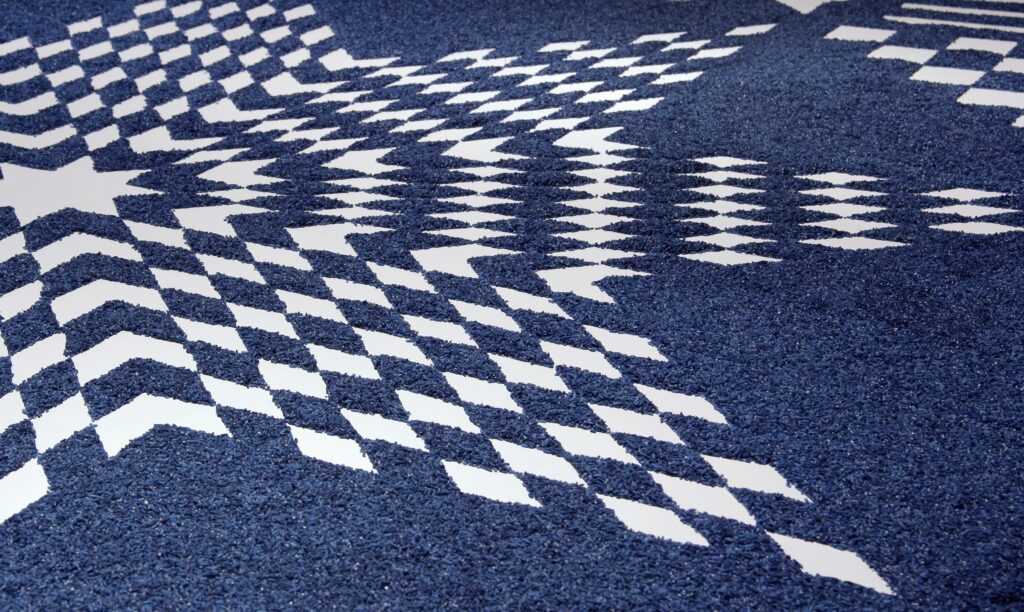
Bread and Dye
A conversation between Sonja Dahl and Jovencio de la Paz.**
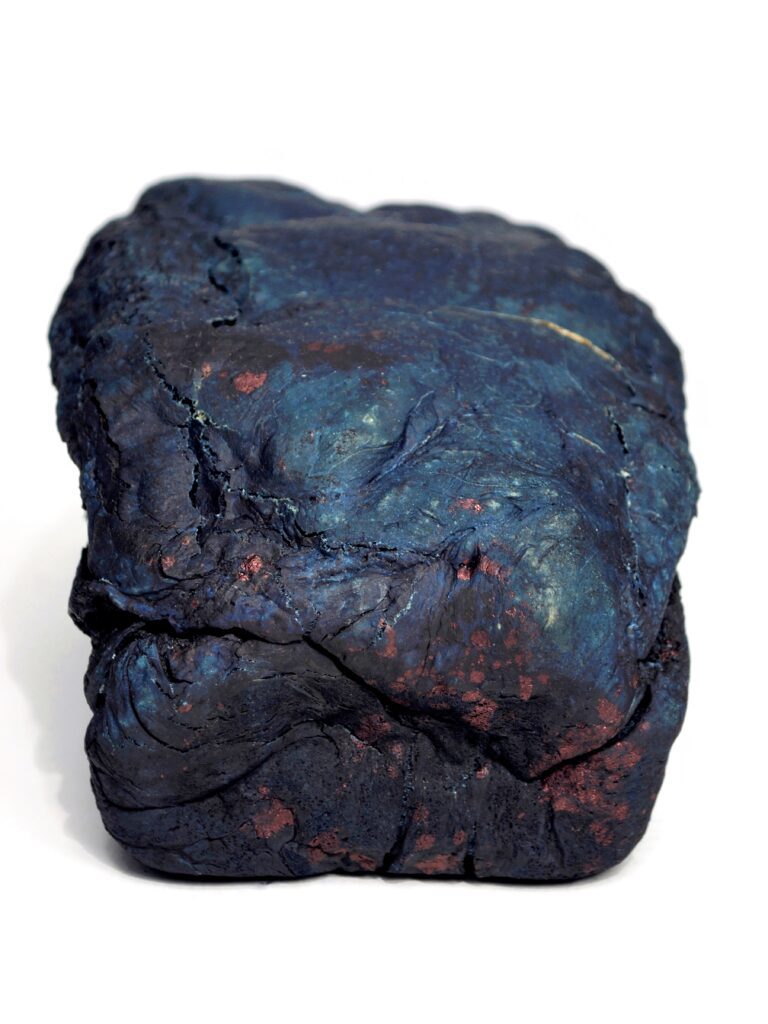
Photo by Sonja Dahl 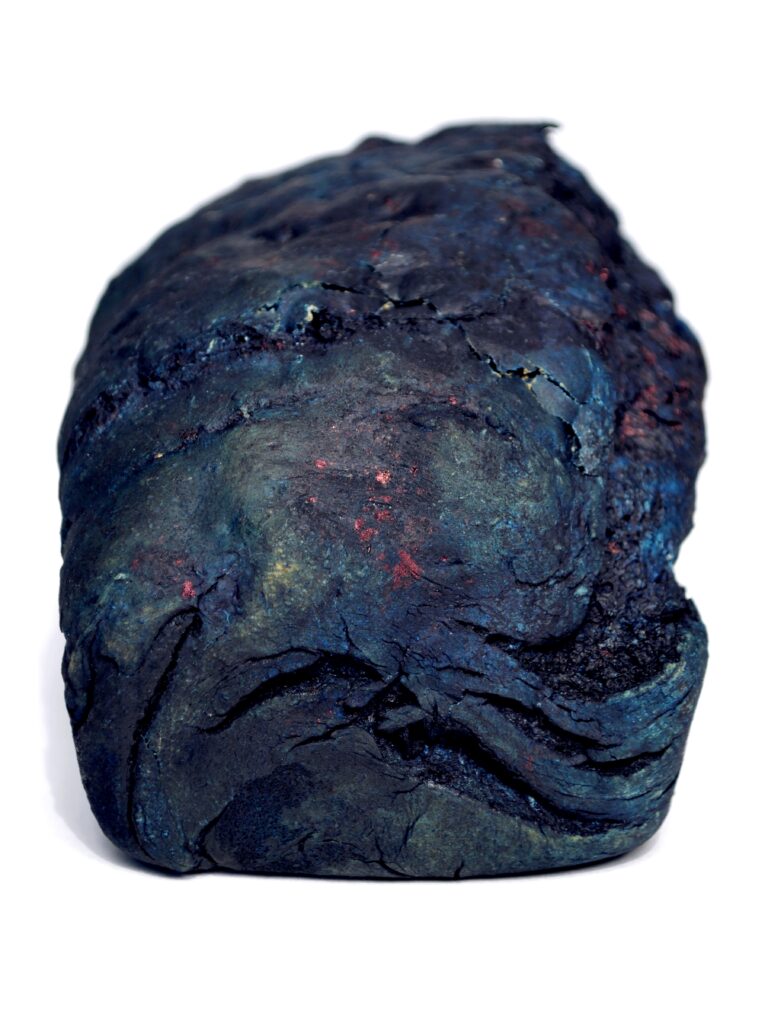
Photo by Sonja Dahl 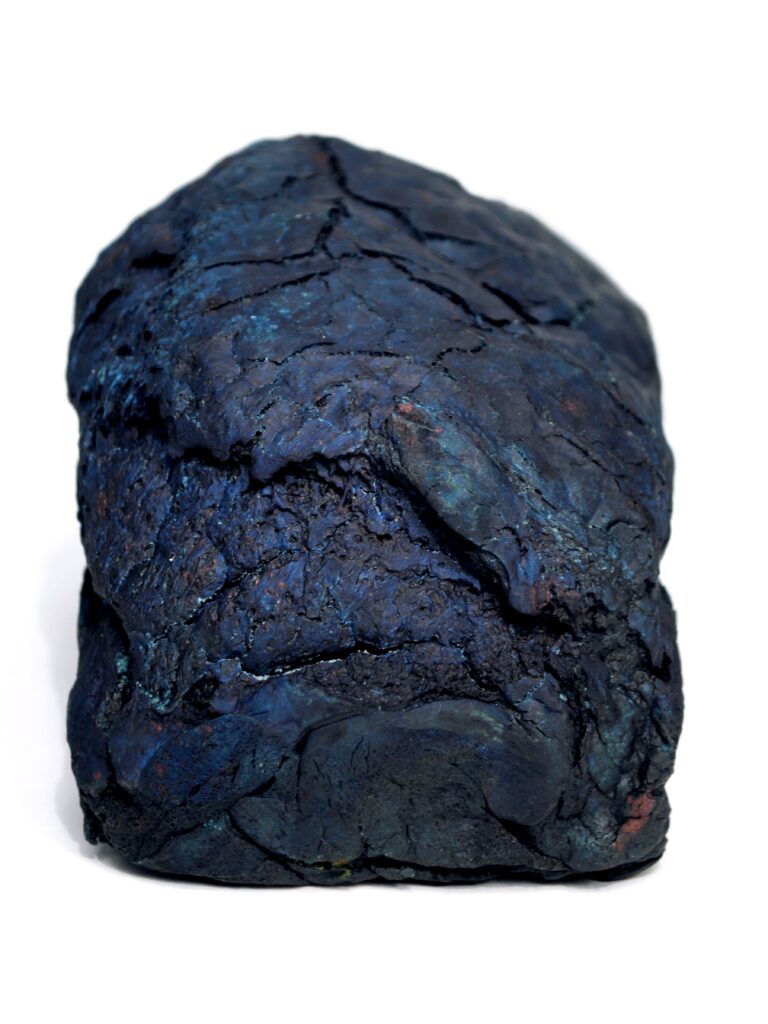
Photo by Sonja Dahl
“Food is so related to our bodies. And textiles are so related to our bodies. And therefore you can extrapolate how they’re related to lived experience.”
Listen to “Bread and Dye”, a conversation between Sonja Dahl and Jovencio de la Paz.
This interview between Jovencio de la Paz and Sonja Dahl is part of a podcast series de la Paz initiated in 2019 to record intimate conversations with artists about their making processes. In this conversation de la Paz and Dahl discuss various aspects of Dahl’s creative process, from early, formative artworks involving her mouth as a mark-making tool, to reflections on fermentation in bread baking and indigo dyeing, and its allegorical power as a transformative process for both art and culture. This is also a document of Dahl and de la Paz’s intertwining reflections about the nature of the creative process itself, as both individual artists and thinkers, and as longtime collaborators.
“When we...looked at the Blue rice, something just fell open inside of me...it stayed with me for all these years.”
** “Bread and Dye” is an interview originally commissioned by the Critical Craft Forum in 2019.
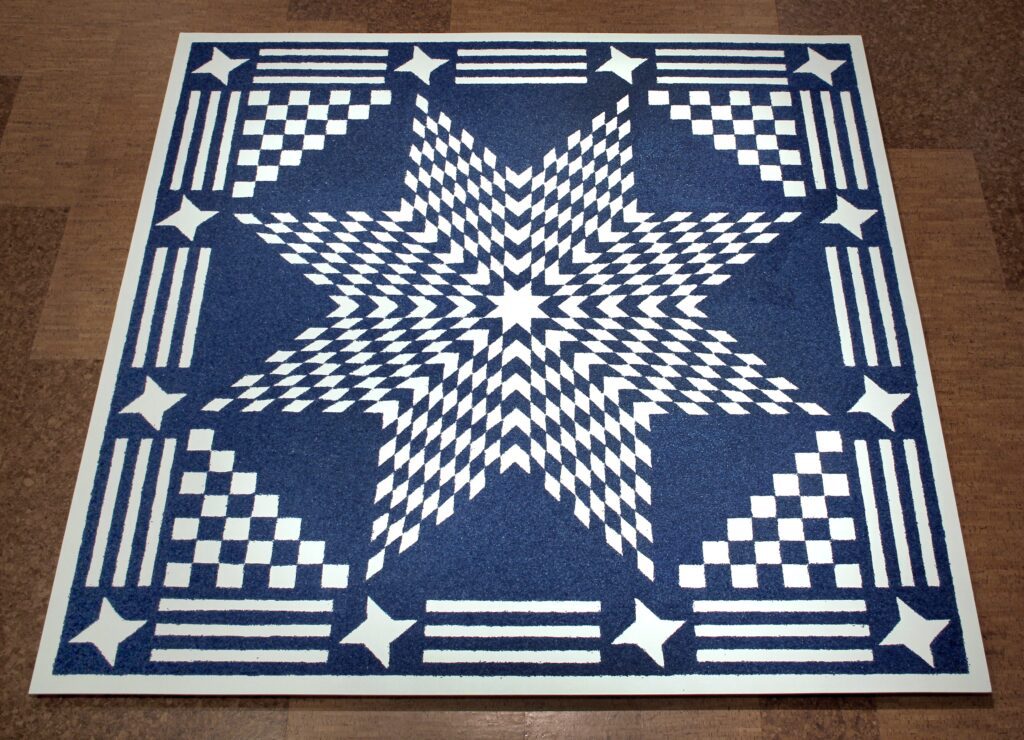
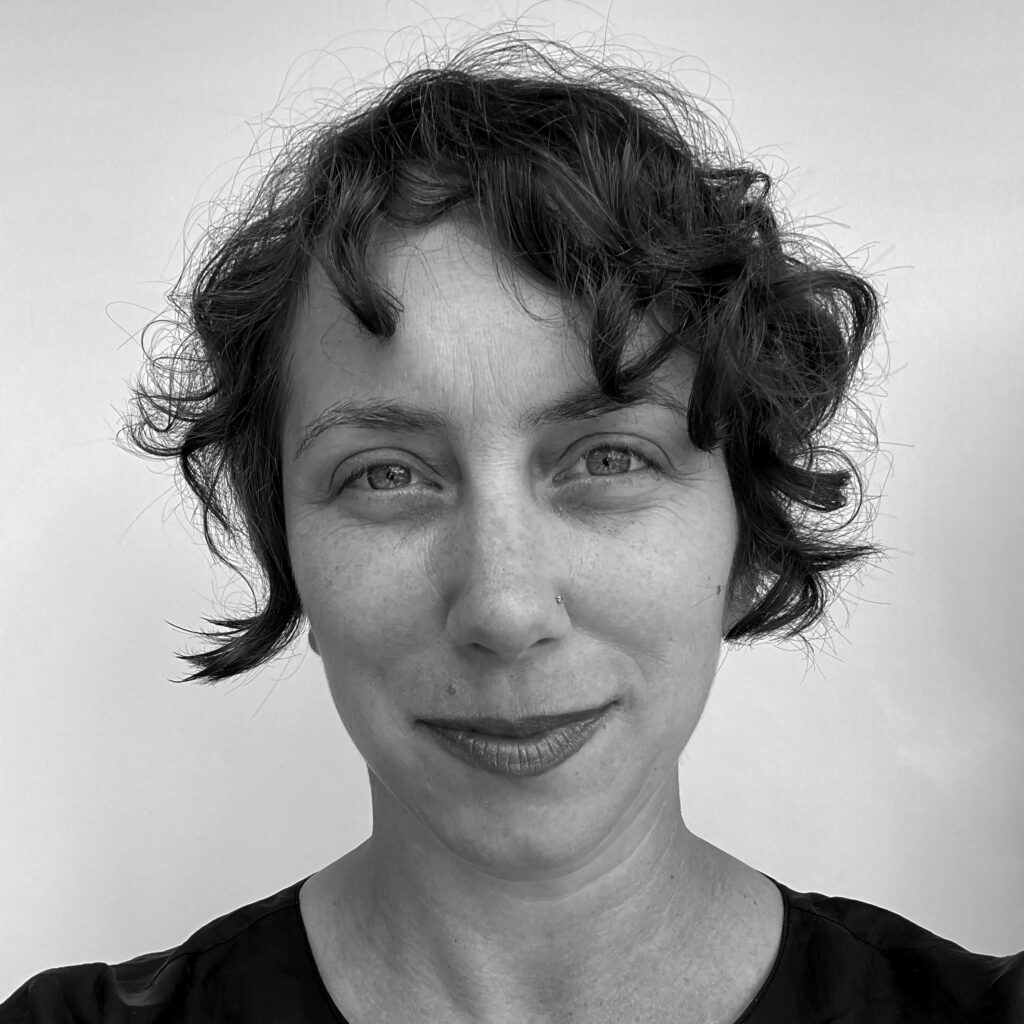
Sonja Dahl is an artist, writer and lecturer of contemporary art at the University of Oregon. Her work critically explores the cultural, historic, metaphoric and embodied aspects of how textile processes such as indigo dyeing, whitework embroidery and patchwork quilting live within and reflect the values of human societies. She conducts her research and art making from a situated acknowledgement and critical engagement with her white, American, settler identity. She is a founding member of Craft Mystery Cult, a member of Ditch Projects artist-run space in Springfield, OR, and a continuing collaborator with Babaran Segaragunung Culture House in Yogyakarta, Indonesia. Her arts research projects and subsequent collaborations in Indonesia (2012 – ongoing) are supported by the Fulbright Foundation and the Asian Cultural Council. Sonja’s artwork has been exhibited nationally and internationally, and her writing is published in peer-reviewed journals as well as printed and online arts publications.
To learn more about the work of Sonja Dahl visit sonjakdahl.com
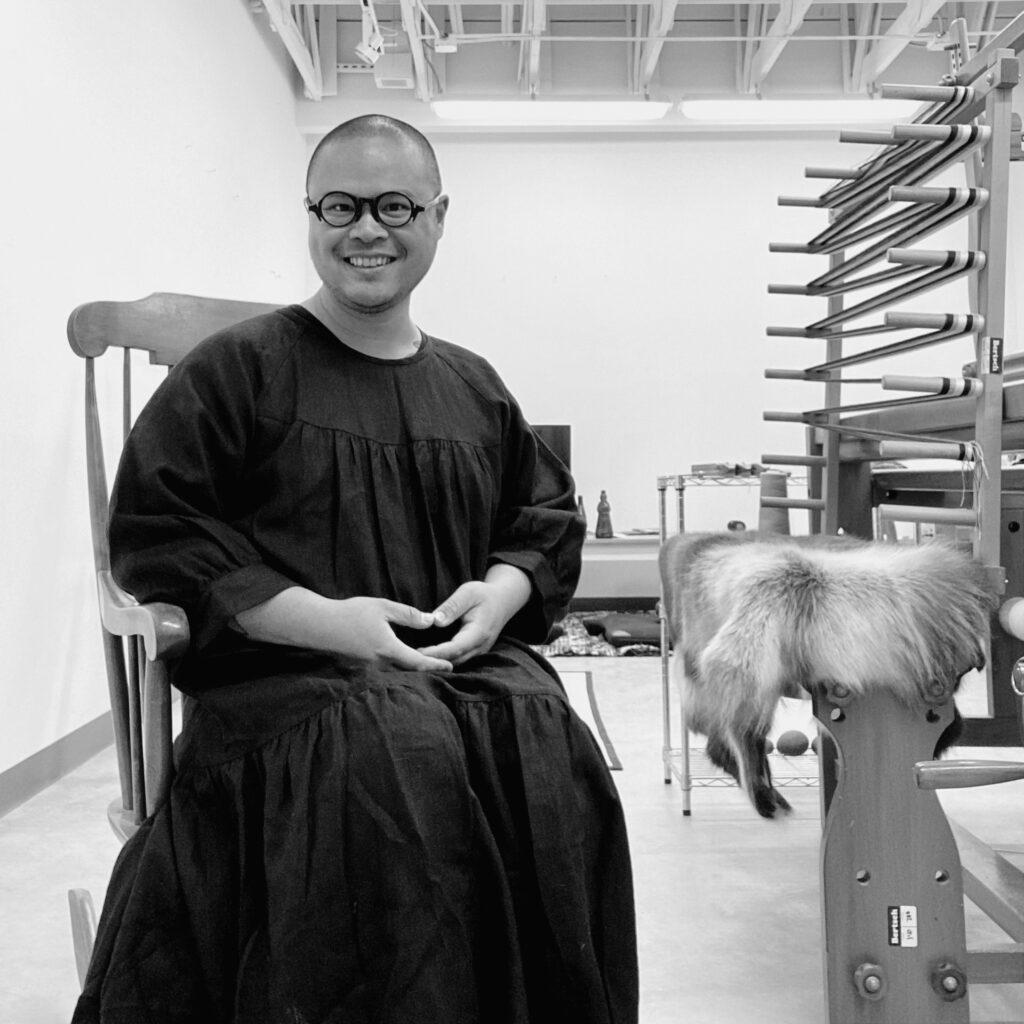
Jovencio de la Paz is an artist, weaver, and educator. Their current work explores the intersecting histories of weaving and modern computers. Jovencio is currently Assistant Professor and Curricular Head of Fibers at the University of Oregon.
To learn more about the work of Jovencio de la Paz visit jovenciodelapaz.org
